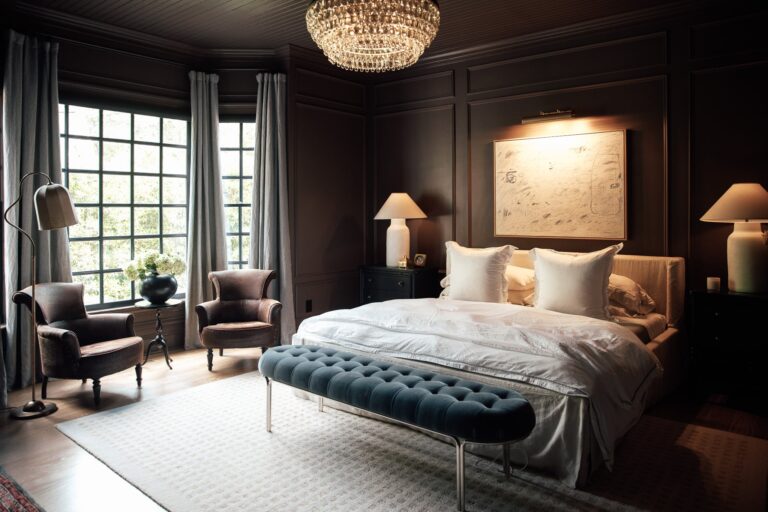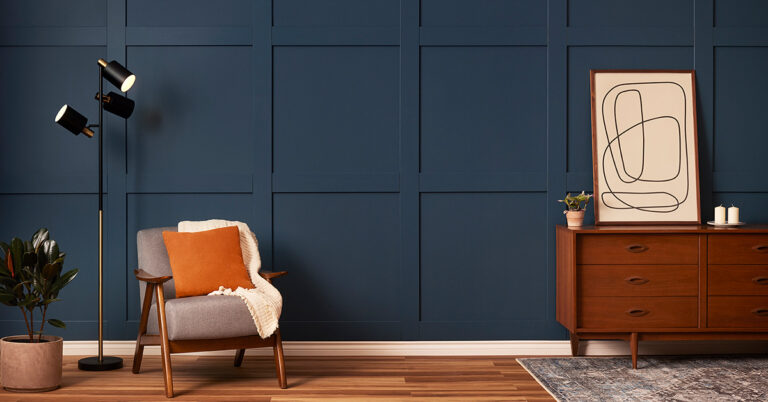How to Find Your Decorating Style: A Complete Guide for UK Homes
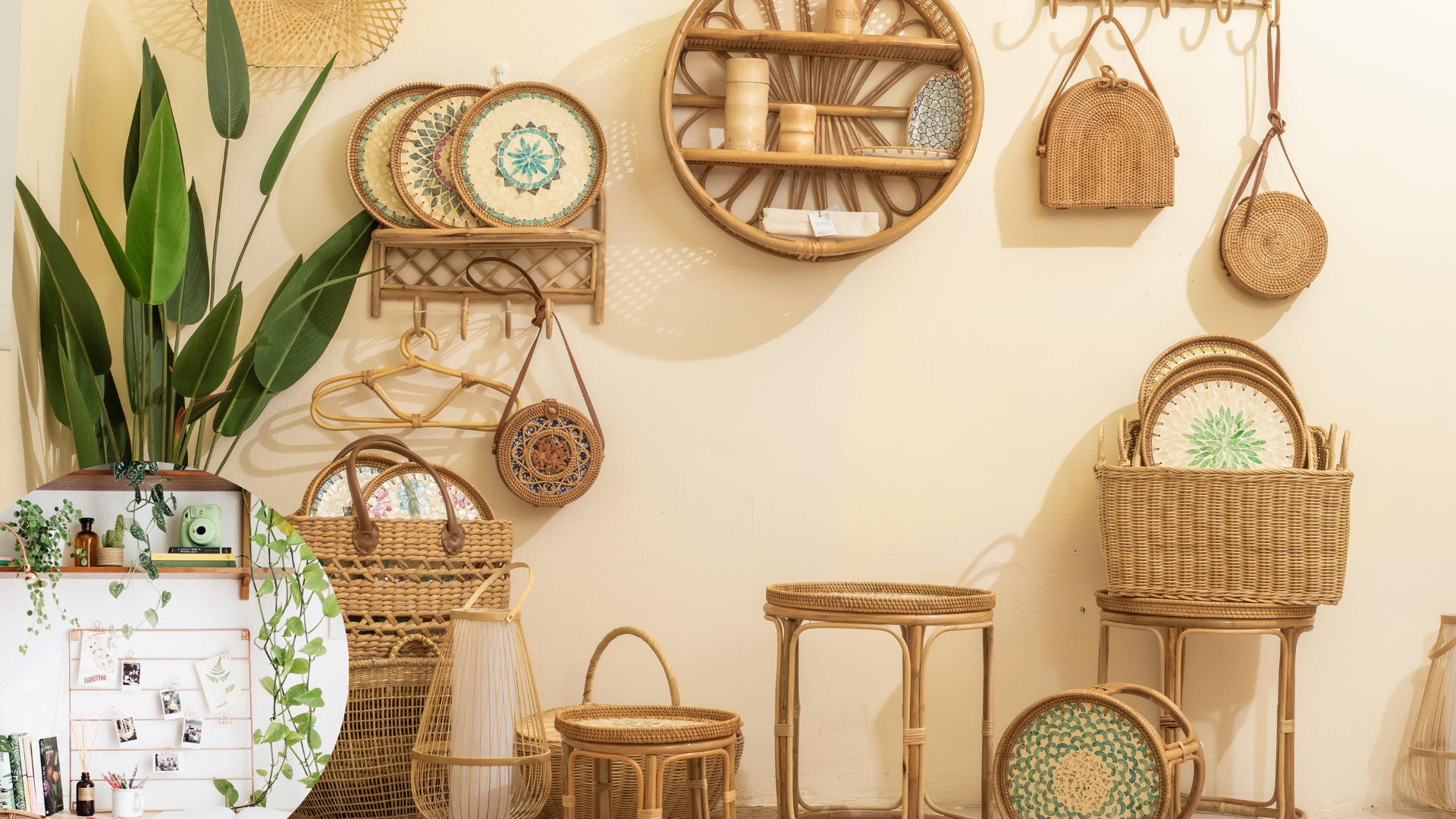
Whether you’ve just moved into a new flat in Shoreditch or you’re refreshing your countryside cottage in Cornwall, finding your decorating style is key to creating a home that reflects your personality, lifestyle, and aesthetic values. The UK is home to a rich tapestry of interior influences from Edwardian elegance to modern industrial minimalism and with so many options, it’s easy to feel overwhelmed.
But the journey to discovering your interior design style should be inspiring, not intimidating. This guide will walk you through a step-by-step process for uncovering your decorating style, with practical tips tailored to UK homes and resources to help you create a space that truly feels like you. You can see decorating style
1. Understand Why You Want to Define Your Style
Before diving into Pinterest boards or paint samples, pause and ask yourself:
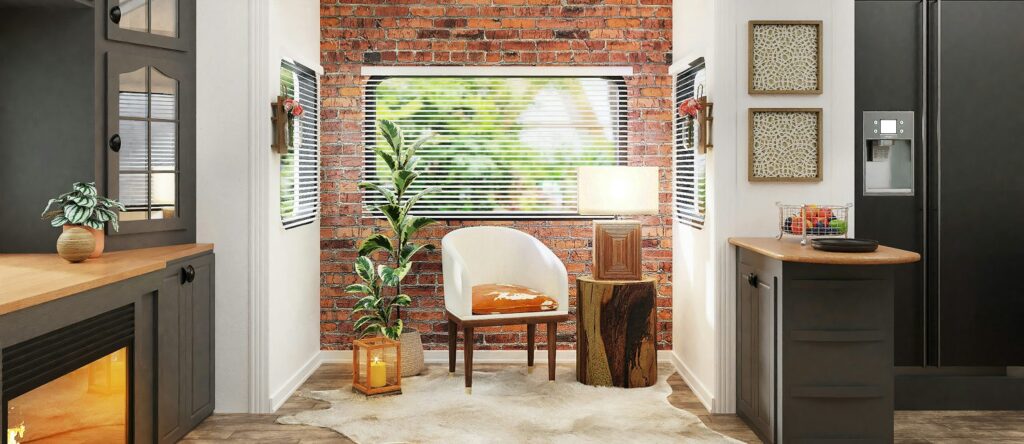
- What emotions do you want your home to evoke?
- Are you decorating to feel more “at home,” or preparing a house for resale?
- Do you want something timeless or on-trend?
In the UK, where property styles vary from Victorian terraces to new-build flats, understanding your personal goal will help narrow down which decorating styles will realistically fit your space and budget.
2. Take Inventory of What You Already Own
Look around your home and assess your existing furniture, textiles, art, and accessories. Which pieces do you love? Which ones feel out of place?
Tip: Group items into categories like:
- Love it
- Neutral about it
- Would donate or replace
This will help clarify which design elements you naturally gravitate toward and which clash with your developing vision.
3. Gather Visual Inspiration
This step is essential. Spend some time browsing design inspiration. Use UK-specific platforms like:

- Ideal Home UK
- House & Garden
- Livingetc
- Instagram hashtags like #UKInteriorStyle or #BritishHomeStyle
- Pinterest (create mood boards for Living Room, Kitchen, Bedroom, etc.)
Don’t just save everything that looks pretty—ask yourself why you’re drawn to it. Is it the colour palette? The texture of the materials? The room layout?
4. Explore Core Interior Styles in the UK
Familiarise yourself with the key interior design styles commonly seen in British homes. Here’s a brief overview:
a) Scandi Minimalism
- Neutral tones, light woods, clean lines
- Popular in urban UK flats for its space-saving efficiency
b) Modern Country
- A warm, relaxed style with muted tones, shaker furniture, and rustic finishes
- Common in rural and suburban homes
c) Industrial
- Raw materials like brick, metal, and wood
- Fits well in converted London warehouses or open-plan lofts
d) Mid-Century Modern
- Functional furniture, bold colours, geometric patterns
- A good fit for post-war semis and retro-themed apartments
e) Maximalist/Boho
- Rich colours, layered textures, eclectic décor
- Great for creatives who want personality in every corner
f) Classic British Elegance
- Think stately homes: antique pieces, plush fabrics, symmetry
- Works well in period homes or as a luxurious contrast in modern settings
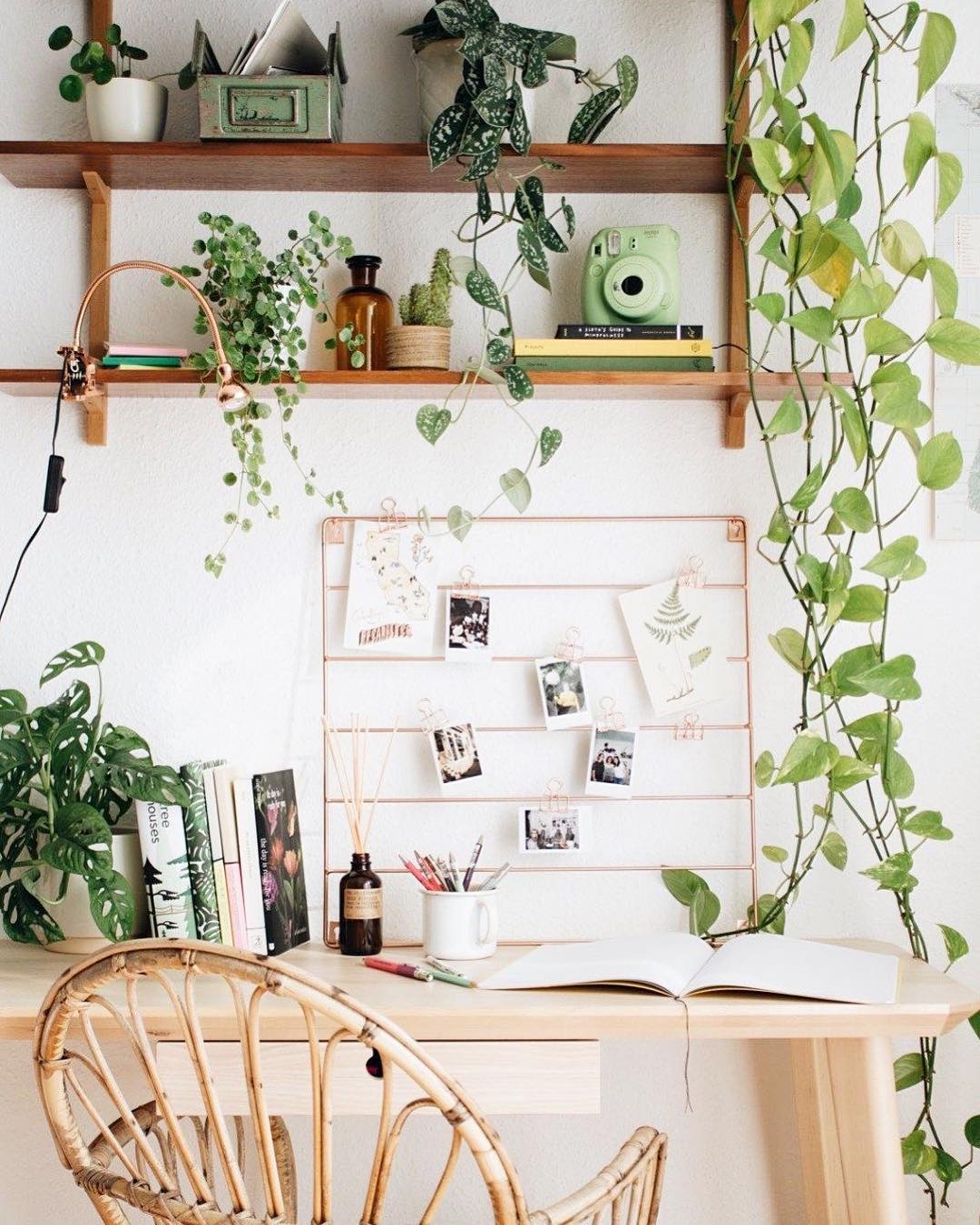
5. Take a Style Quiz (or Three)
Sometimes it helps to get a little algorithmic insight. Interior design style quizzes can offer a general direction. Some UK-specific or reliable options include:
- DFS Style Quiz (UK based)
- MyDomaine’s Home Style Quiz
- House & Garden UK’s decorating advice section
Treat the results as suggestions, not absolutes.
6. Pay Attention to Your Lifestyle
It’s not just about what looks good—your space must serve your daily life. Ask yourself:
- Do you entertain often? You may need open spaces and extra seating.
- Are pets or kids a consideration? Go for washable fabrics and hardy finishes.
- Working from home? A comfortable and stylish home office becomes a priority.
In small London flats, for example, dual-purpose furniture and minimalism might be necessary. In larger countryside homes, you might embrace layered decor and cosiness.
7. Consider the Architecture of Your Space
Your decorating style should complement the bones of your home. In the UK, common types include:
- Victorian & Edwardian Homes: Tall ceilings, bay windows, ornate fireplaces
- Work well with classic, eclectic, or modern vintage styles
- Georgian Homes: Symmetry, elegance, period features
- Suit formal traditional or refined minimalism
- New-Builds: Blank-slate modern
- Perfect for contemporary, Scandi, or industrial interiors
- Converted Spaces (barns, warehouses): Open layouts, exposed beams
- Embrace industrial, modern rustic, or minimalist chic
8. Build a Mood Board or Lookbook
Once you have some clarity, create a digital or physical mood board. Include:
- Colour swatches
- Fabric samples
- Photos of furniture you love
- Flooring and tile ideas
- Lighting styles
Stores like John Lewis, Dunelm, IKEA UK, Made.com, or Habitat often offer free swatches to help visualise your vision.
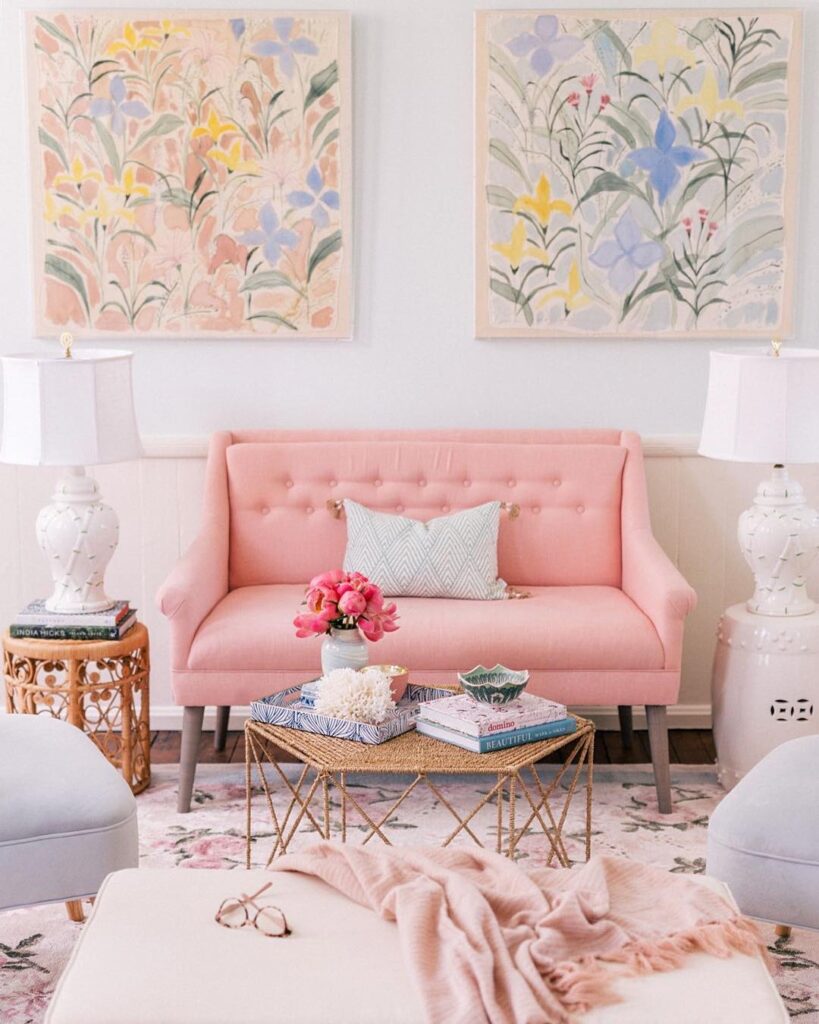
9. Choose a Colour Palette
Your colour palette sets the tone for your entire space. Consider:
- Warm Neutrals: Cosy, calm, ideal for traditional or Scandi styles
- Bold Hues: Deep green, navy, burnt orange—great for moody British interiors
- Monochromes: Clean, modern, often used in minimalist or industrial design
Use Farrow & Ball, Little Greene, or Dulux (UK paint brands) to explore period-appropriate or trendy palettes.
10. Test Before You Commit
Before a big investment:
- Try painting a small wall with sample paint
- Purchase one cushion in your favourite fabric before ordering the whole sofa
- Recreate the layout with cardboard cut-outs or online tools
This approach is especially useful in smaller UK homes, where mistakes can be costly or hard to reverse.
11. Mix and Match Mindfully
It’s okay to blend styles—just stay intentional. A Victorian fireplace can pair beautifully with modern furniture, as long as there’s balance. If mixing:
- Use one consistent colour palette to tie everything together
- Repeat textures or patterns across the space
- Choose one style as dominant, and the other as an accent
12. Shop Smart and Sustainably
With a clear style in mind, start sourcing pieces. Consider:
- Local Vintage Shops or Flea Markets: Great for characterful finds
- Charity Shops: Affordable options with unique flair
- Online Marketplaces: Facebook Marketplace, Gumtree, Vinterior (UK)
- High Street Brands: M&S Home, Dunelm, Oliver Bonas, or Swoon
For eco-conscious decorating, upcycle furniture or choose brands that prioritise sustainability.
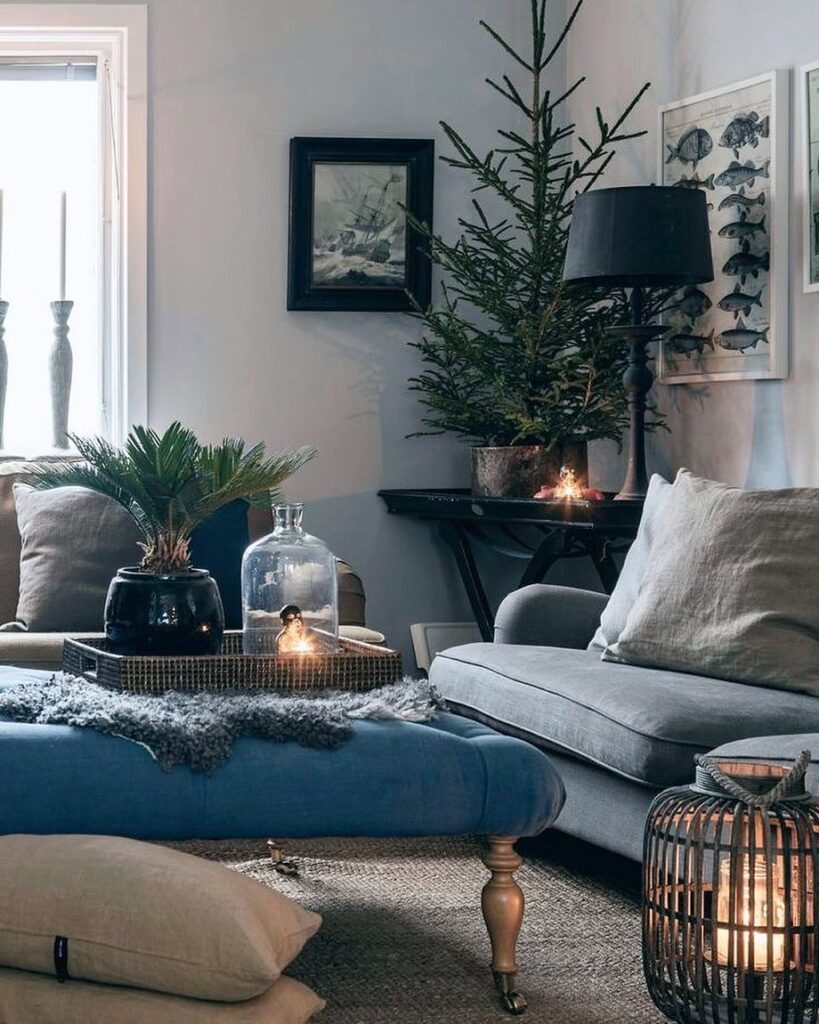
13. Personalise Your Space
Finally, layer in personal touches to make your space feel like you. Add:
- Art you love (local artists, prints, or your own work)
- Books that reflect your interests
- Handmade items or travel mementos
- Plants to bring life and freshness
In UK homes, personal touches like a framed family portrait on a gallery wall or an antique teacup collection can make the difference between “nice” and homey.
Final Thoughts
Finding your decorating style doesn’t require a degree in interior design—just a bit of self-reflection, inspiration, and a willingness to experiment. By considering your lifestyle, architecture, and preferences, you’ll begin to see a pattern emerge. Whether you’re into classic British charm or sleek Scandi minimalism, the best decorating style is the one that makes you feel happiest at home.
